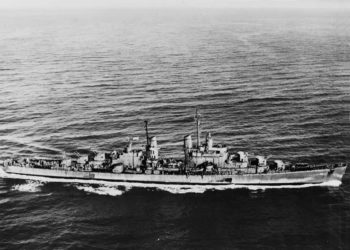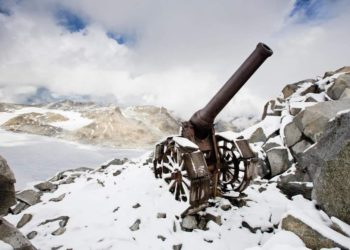The Mount Hood Disaster

The USS Mount Hood (AE-11) was the lead ship of her class. Designated as an ammunition ship, the vessel had the unenviable task of transporting thousands of tons of ammunition for the U.S. Navy during WW2.
On the 22nd of September, 1944, Mount Hood arrived in Seeadler Harbor, in Manus Island of the Admiralty Islands. This was one of the busier forward operation bases the Navy had and, at its height, would have up to 400 vessels in port. Mount Hood would remain here and unload its volatile cargo via LCMs (Landing Craft Mechanized) as part of the larger Philippine campaign.
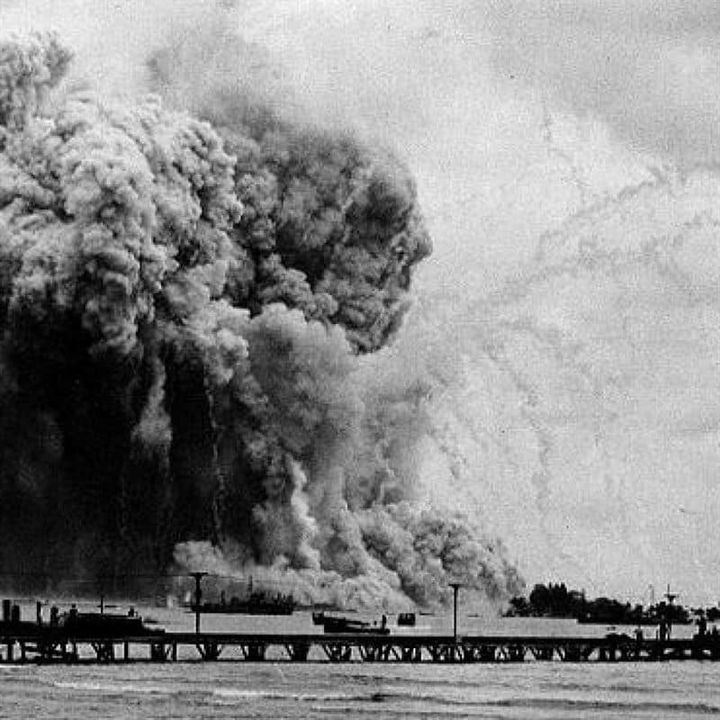
Dangerous Decision in Seeadler Harbor
Normally, ammunition ships had their own special area to offload their cargo, but the Harbor Master opted to have the ship moved closer to the port to offload the cargo faster. This decision would prove to be a costly one.
On the morning of November 10th, a massive explosion rocked Seeadler Harbor, as well as every other ship that was there. Moments later, debris began to rain down as those on shore and on board the other ships tried to determine just what was going on. Where the Mount Hood had been, a massive mushroom cloud now existed. The ships in the harbor were struck with a massive tidal wave followed by shrapnel and even unexploded ordnance.
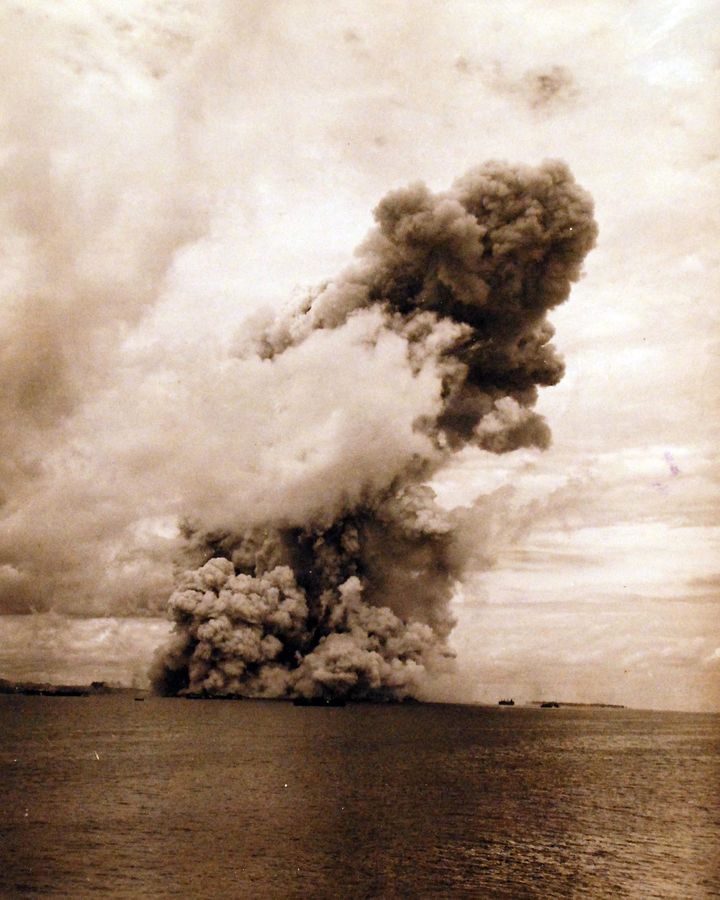
The Mount Hood had quite literally been blown to bits, along with every single person on board. The USS Mindanao (ARG-3), a repair ship that was just 350 yards away, took the brunt of the blast and saw 82 members of its crew being killed. 22 other smaller vessels such as landing craft and even a couple of mine sweepers were either sunk or damaged beyond repair by the blast. There was nothing left of the Mount Hood, and several hundred men were dead.
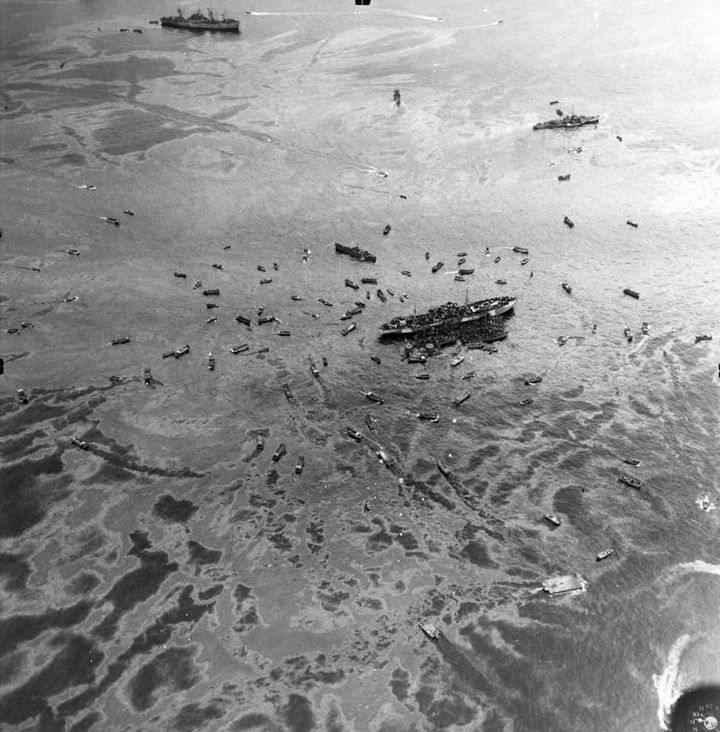
Aftermath and Investigation
An inquiry was launched and, while the cause of the explosion was never determined, it was revealed that conditions on board the Mount Hood were less than ideal for what was expected of an ammunition ship. It was also noted that the vessel had a “relatively inexperienced crew,” with a “lack of leadership among the officers, and lack of discipline.” In short, human error was to blame.
Oddly enough, 18 members of the Mount Hood did survive the blast, as they were on shore when the incident occurred.






